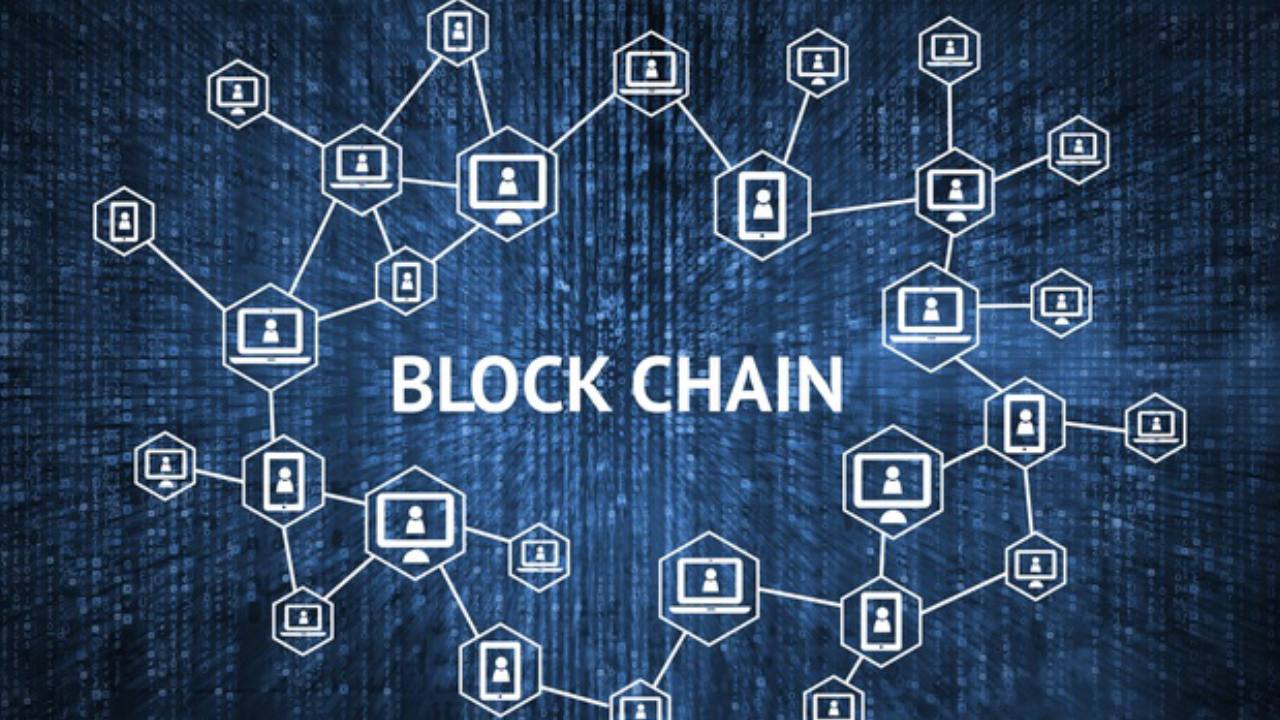
Blockchain technology is revolutionizing the way information is stored and shared. Our comprehensive program equips you with a deep understanding of its core principles and the fundamental advantages it offers over traditional systems. Dive deeper into the leading blockchain platform, Ethereum, where you’ll explore the intricacies of smart contracts and unlock the potential of token development. Expand your knowledge by learning about other prominent protocols like IPFS, Hyperledger Fabric, and R3 Corda, giving you a well-rounded understanding of the blockchain ecosystem.
Module 3: Blockchain
- Blockchain Technology
○ What is Blockchain?
○ Why is Blockchain a Distributed, Peer-to-Peer (P2P) Network?
○ Blockchain vs. Cryptocurrency
○ Types of Blockchains (Public, Private, Consortium)
○ Merkle Tree and Hashing Functions
○ Blocks, Wallets, and Addresses
○ Public and Private Key Cryptography
○ What is Blockchain Mining?
■ Types of Mining (Proof-of-Work, Proof-of-Stake)
■ Who are Miners? - Ethereum: The Smart Contract Platform
○ What is Ethereum?
○ Bitcoin vs. Ethereum
○ Proof-of-Work vs. Proof-of-Stake Consensus Mechanisms
○ Ethereum Virtual Machine (EVM)
○ What is Ether (ETH)?
○ Wei vs. Ether Unit Conversion
○ Mining in Ethereum
○ Smart Contracts:
■ Functionality and Applications
■ Transaction, Gas & Fees
○ Guide to ERCs & EIPs (Ethereum Request for Comment & Improvement
Proposals)
■ ERC-20 Standard (Fungible Tokens)
■ Trading ERC-20 Tokens
■ ERC-721 Standard (Non-Fungible Tokens)
■ Trading ERC-721 Tokens
■ ERC-1155 Standard (Semi-Fungible Tokens)
○ Remix IDE Walk-through
○ Setting Up MetaMask in Your Browser - Developing Smart Contracts on Ethereum
○ Writing Our First Smart Contract
○ Deploying Smart Contract with Truffle
○ Understanding Aim (Project Goal)
○ Writing Smart Contract for Depositing and Withdrawing Money
(Back-End)
○ Deploying it on Remix with Metamask
○ Front-End Development
○ Interacting with Smart Contracts from the Front-End
○ Setting Up the Project
○ Creating a Dapp Smart Contract
○ Deployment Script
○ Deployment on a Local Development Network (Ganache)
○ Connecting the Front-End with Smart Contracts
■ Setting Up Custom RPC and Ganache Account
○ Front-End of the Dapp
○ Issue Rewards and Wrapping Up the Project
○ Objective of the Project
○ Writing the Smart Contract
○ Deploying the Smart Contract
○ Adding More Functionalities to the Smart Contract - IPFS (InterPlanetary File System)
○ IPFS Overview
○ Overview of HTTP (Hypertext Transfer Protocol)
○ How IPFS Addresses the Problems of HTTP
○ IPFS Components and Protocols
○ How Does IPFS Work?
○ Installing IPFS CLI (Command-Line Interface) and Desktop App
○ Running IPFS in CLI and Opening the IPFS WebUI
○ Uploading, Pinning, and Viewing Files in IPFS
○ Viewing IPFS Files in Chrome Browser - Hyperledger Fabric: A Permissioned Blockchain for Enterprises
○ Understanding and Getting Started with Hyperledger Fabric
○ Hyperledger Fabric Architecture
○ Setting Up the Prerequisites (Git, Source Code Download)
○ Creating a Basic Hyperledger Fabric Network
○ Adding a New Organization to an Existing Network
○ Adding a New Organization to a Consortium (System Channel)
○ Adding a New Raft Orderer to an Existing Network - Solidity Smart Contract Development on Hyperledger Fabric
○ Why Use Enterprise Blockchain?
○ Hyperledger Fabric as a Key Enterprise Blockchain Platform
○ Pros & Cons of Hyperledger Fabric
○ The Popularity of Hyperledger Fabric
○ Setup and Prerequisites for Deployment
○ Installing and Instantiating Chaincode
○ Deploying a Solidity Smart Contract on Fabric - R3 Corda: A Blockchain Platform Designed for Finance
○ What is Corda?
○ Data Structure of Corda
○ Key Concepts of Corda
○ Corda Architecture
○ Setting Up the Development Environment
